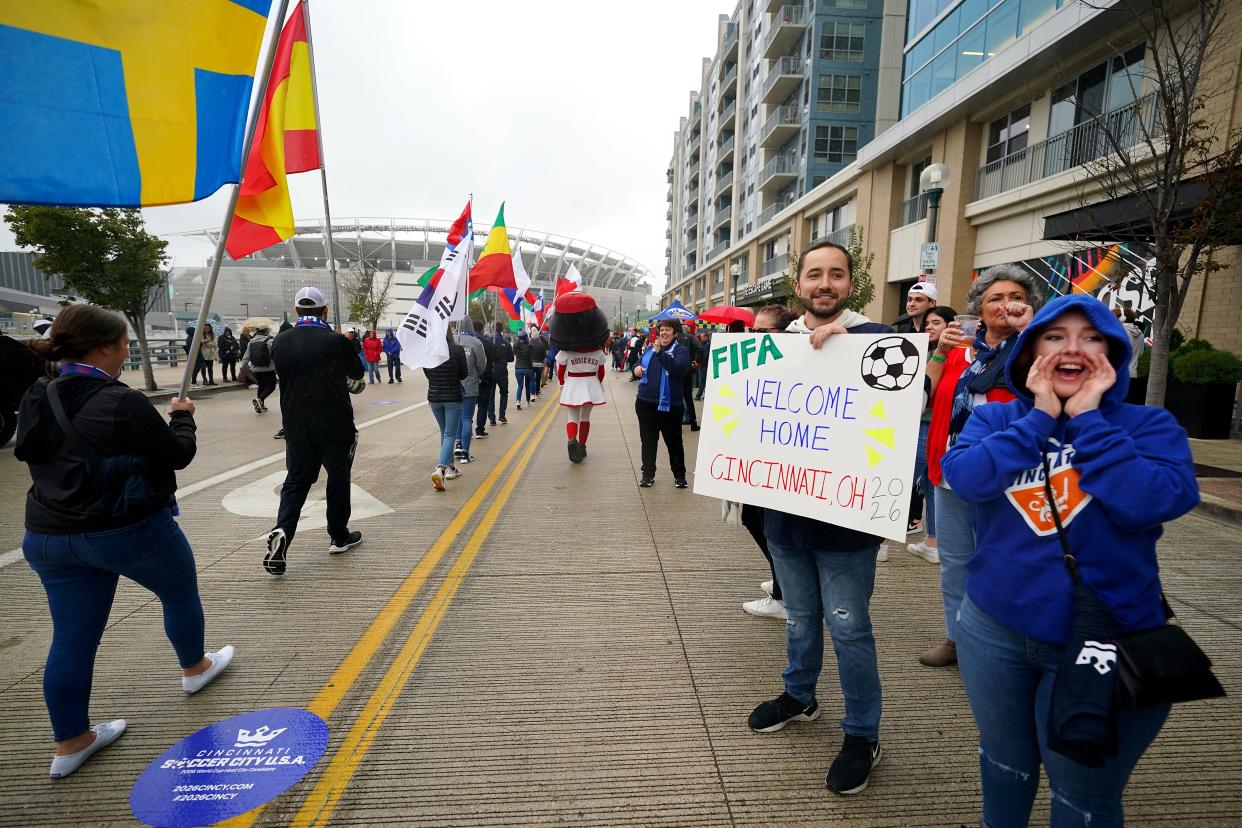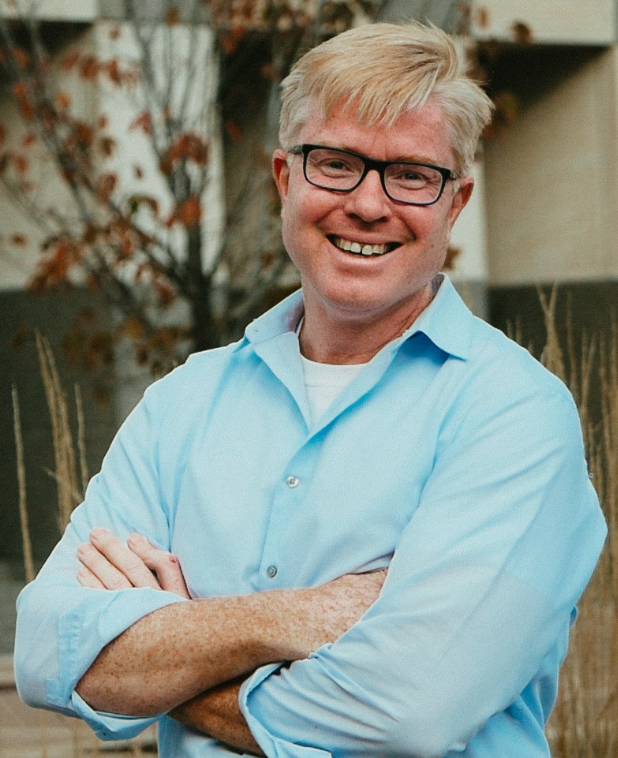Opinion: Building thriving neighborhoods should be focus post World Cup

With the announcement that Cincinnati will not be a 2026 World Cup host city, it’s a good time to pause and reflect on what type of city we want to be and build on our incredible strengths. One thing is clear as we emerge out of isolation from the pandemic: people are longing to live in connected neighborhoods where they can easily walk to local businesses, recreation and entertainment, have access to nature, have a good job, send their kids to good schools, and be safe. Quality of life matters more than ever.
Building that high quality of life starts with government delivering the basics first like cleaning up litter, providing reliable public transit, fixing potholes, protecting citizens from gun violence and creating the conditions for affordable housing and a thriving economy. The budget that City Council recently passed invests in those basic public services. But to be the gem that we can be as the Queen City, we need catalytic ideas as well. Here are a few:
A 20 in 10 Challenge. Many of our neighborhoods have streets built as drive-throughs rather than destinations. Department of Engineering & Transportation (DOTE) has shared in some neighborhoods that we’ve built more lane miles than needed. The result: cars are speeding through our neighborhoods and hitting citizens, and we’re spending $17 million this year alone to repave 34 of our 3,000 lane miles including some of these underutilized roads. These impervious surfaces are contributing to the 15% increase in stormwater runoff that has occurred over the past two decades, costing us millions of dollars. That’s a broken and unsustainable model. Reducing the number of lane miles by 20% in 10 years and replacing them with pervious or semi-pervious surfaces including greenspace will mean cleaner air and more connected, safer communities while saving millions of dollars in stormwater management.
Reclaiming streets from highways. Like in many cities, when highways were built neighborhoods across our city were bifurcated. We have an opportunity to reverse some of those choices. Fort Washington Way has the capability of being "capped," unlocking acres of valuable, developable land in our downtown. Similarly, while we do not want to put at risk any federal dollars, we should challenge ourselves to reclaim as much land as possible west of the Convention Center as we build out the new Brent Spence Bridge companion bridge connections. Reclaiming acres of highway land is an opportunity to correct a historic wrong, use this real estate to attract a company to locate to Cincinnati with a "campus," to build more housing, or other ideas that will generate further earnings tax revenue for the city and make for a more livable city.
Building catalytic trail and waterway infrastructure. One thousand-plus people per day use the Wasson Way trail, but we need to finish the 34-mile CROWN trail to make it available to more citizens. Although trails are often used for recreation, for the 20% of Cincinnatians who don’t own a car, they are a necessary piece of transit infrastructure. We have a similar opportunity on our waterways to ignite growth in underserved neighborhoods. Now that the Mill Creek is as clean as the Little Miami, building out a launch dock in Lower Price Hill for canoes and kayaks so visitors and residents alike can experience our riverways in the heart of the city would create a unique recreational experience in our region. These investments lead to economic growth and improve quality of life for all.

This all costs money. However, with the Bipartisan Federal Infrastructure dollars and state, local and private funding, we have the opportunity to galvanize investment. Let’s dust ourselves off after the World Cup announcement and focus on building an even better quality of life in all of our neighborhoods for generations of Cincinnatians to come. Let’s imagine and then build it!
Cincinnati Councilman Mark Jeffreys is vice chair of the Climate, Environment & Infrastructure Committee and a board member of OKI Regional Council of Governments.

This article originally appeared on Cincinnati Enquirer: Opinion: Building thriving neighborhoods should be focus post World Cup

